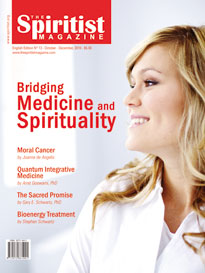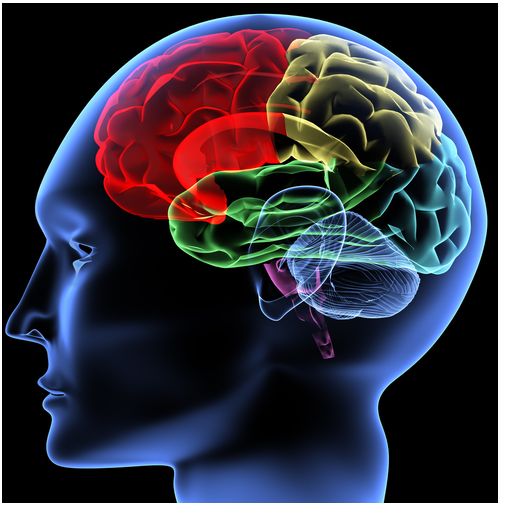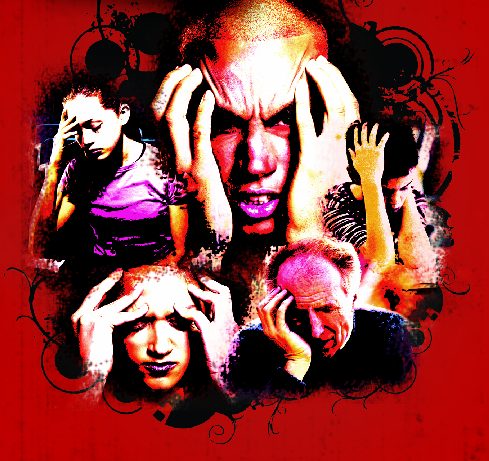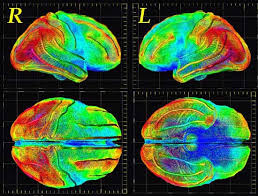 Abstract
Abstract
In Brazil, during the XX century, dozens of Spiritist psychiatric hospitals emerged seeking to integrate conventional medical treatment with complementary spiritual therapy. This combined inpatient treatment is largely found in Brazil, where many psychiatric hospitals stem from the Spiritist movement. The present report describes the use of these spiritual practices, their operating structure, health professionals involved, modalities of care, and institutional difficulties in integrating spiritual practices with conventional treatment in six leading Brazilian Spiritist psychiatric hospitals. These hospitals combine conventional psychiatric treatment with voluntary-based spiritual approaches such as laying on of hands (“fluidotherapy”), lectures regarding spiritual and ethical issues, intercessory prayer, spirit release therapy (“disobsession”) and “fraternal dialogue”. The non-indoctrination and optional nature of these spiritual complementary therapies seem to increase acceptance among patients and their family members. In conclusion, the Spiritist psychiatric hospitals in Brazil have, for more than half a century, provided an integrative approach in the treatment of psychiatric disorders, associating conventional and spiritual treatments, more specifically Spiritist therapy. The lack of standardized treatment protocols and scientific studies remain a barrier to assessing the impact of this integrative approach on patients’ mental health, quality of life, adherence, and perceived quality of treatment.








